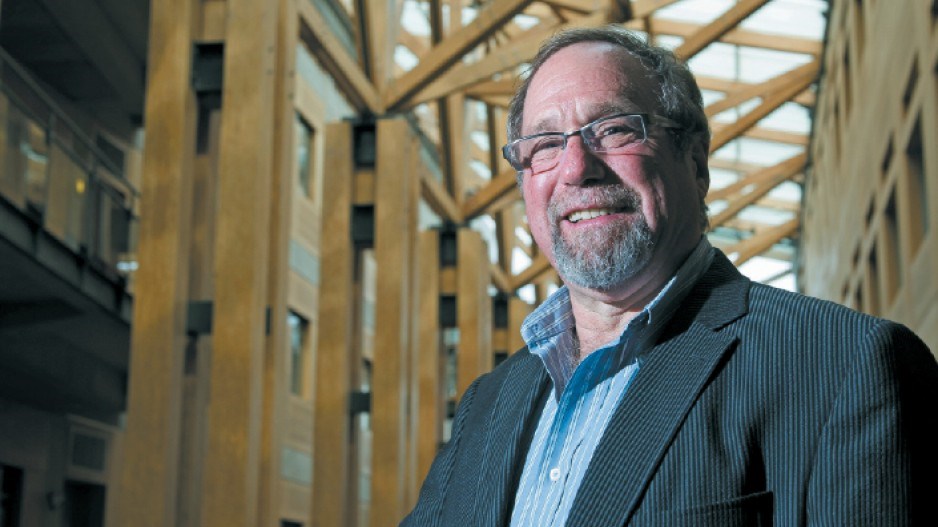Ethanol is part of it. So are tall wood buildings. Ditto for newfangled bio-plastics.
It’s all part of the bioeconomy, and B.C. forestry companies who are willing and able to innovate will be able to take advantage of it, said David Cohen, a University of British Columbia forestry professor who spoke at a global forestry conference in Vancouver last week.
“Companies like General Electric (NYSE:GE), Unilever (NYSE:UL) and IBM (NYSE:IBM) have recognized this and see that there’s profitability in doing these kinds of things,” said Cohen.
The planet will continue to face increasing demand for non-renewable resources, at a cost to the environment.
While that’s spurred investment in new ways to extract oil and gas, like fracking, Cohen said it has also triggered interest in using renewable biological resources for food, energy and industrial products.
For the forestry sector, taking part in the bioeconomy could mean generating bioenergy from wood waste or creating new materials like nanocrystalline cellulose, developed by Vancouver-based FP Innovations. Nanocrystalline cellulose is used in specialty paper.
Cohen recently surveyed 44 forest products executives in North America and Europe about how they planned to respond to the changing markets for their industries and found that companies were divided in their response.
“One was what I would call a traditional business response: get more efficient, get more productive, lay off people,” said Cohen. “The other one is to transform to compete in the bioeconomy.”
But innovation takes money and an ability to tolerate risk, and the largest forestry companies in the world tend to be the leaders, such as Weyerhauser (NYSE:WY) and Finland-based Stora Enso (OTN:SEOAY), said Cohen.
The pulp and paper segment is most likely to have to transform itself, faced with steep declines in demand for printing and writing paper and newsprint. For example, one pulp and paper company has switched the kind of pulp it manufactures and now makes rayon cloth instead of newsprint, Cohen said.
The shakeup in pulp has also affected wood producers, because lumber makers have traditionally sold their wood waste to pulp producers. That market is now drying up.
“You can’t be profitable in lumber until you can sell your chips to someone, and that’s where we move into business transformation,” said Cohen.
Bioenergy is a way solid wood producers, as well as pulp and paper companies, are profitably using wood waste.
It’s in this area that B.C. companies are innovating, said Cohen.
He added that Conifex’s bioenergy plant in Mackenzie, while currently stalled for want of financing (see sidebar), is a good example of a small company taking a risk on new technology.
Mackenzie mill converted to bioenergy operation
Conifex (TSX-V:CFF) hopes to hit the reset button on its stalled bioenergy project with financing expected to be in place by mid-September.
The company plans to convert its idled Mackenzie newsprint mill in northeastern British Columbia into a bioenergy plant fed by wood waste from its two Mackenzie sawmills.
Work has been on hold since November 2012, when the company was unable to secure long-term financing. The plant is one-third complete.
Conifex bought the newsprint mill in 2010 for $10 million and plans to spend $98 million to convert the facility.
In June 2011, Conifex signed a 20-year deal with BC Hydro to supply power to the utility.
It expects the biomass plant to earn an EBIDTA contribution of $14 million a year.




